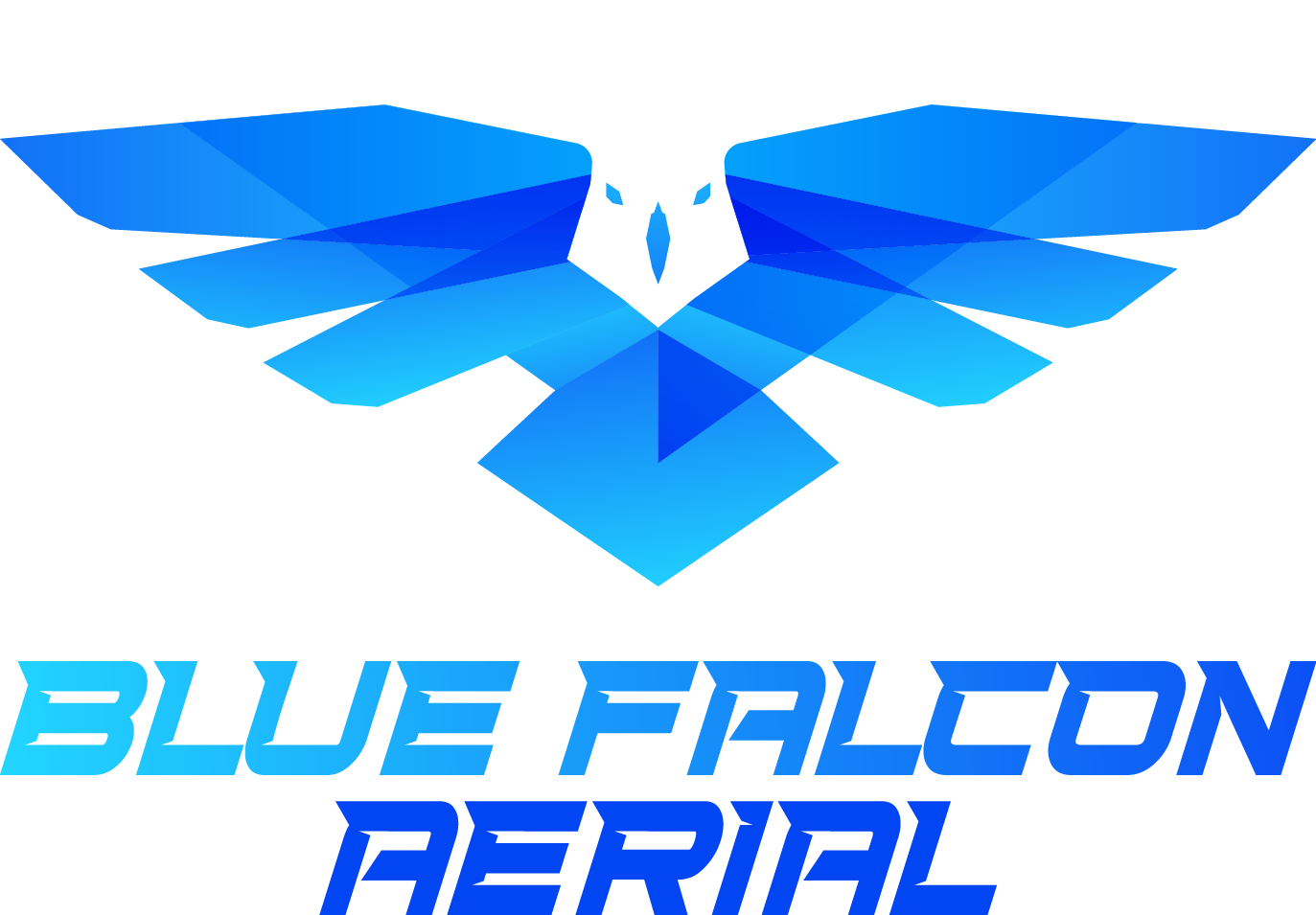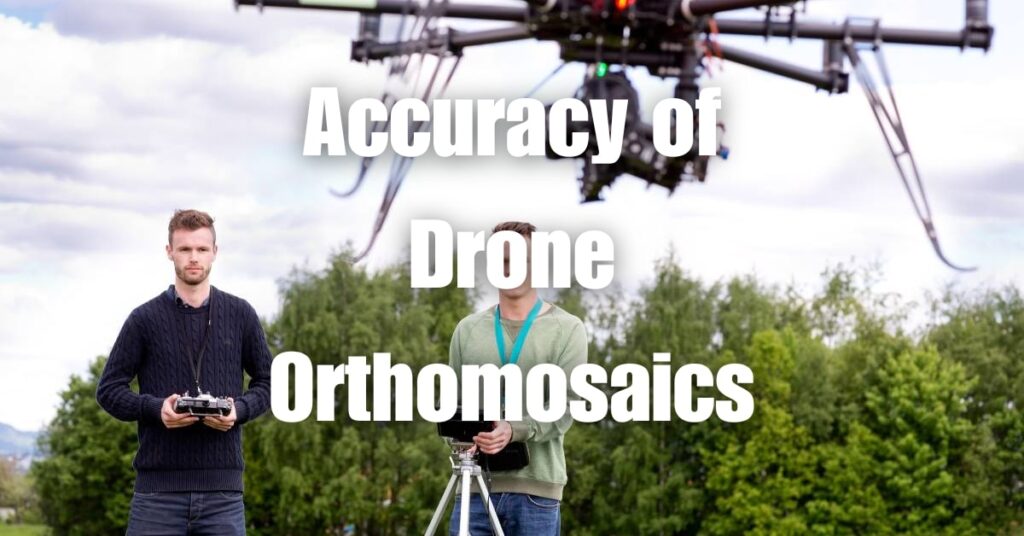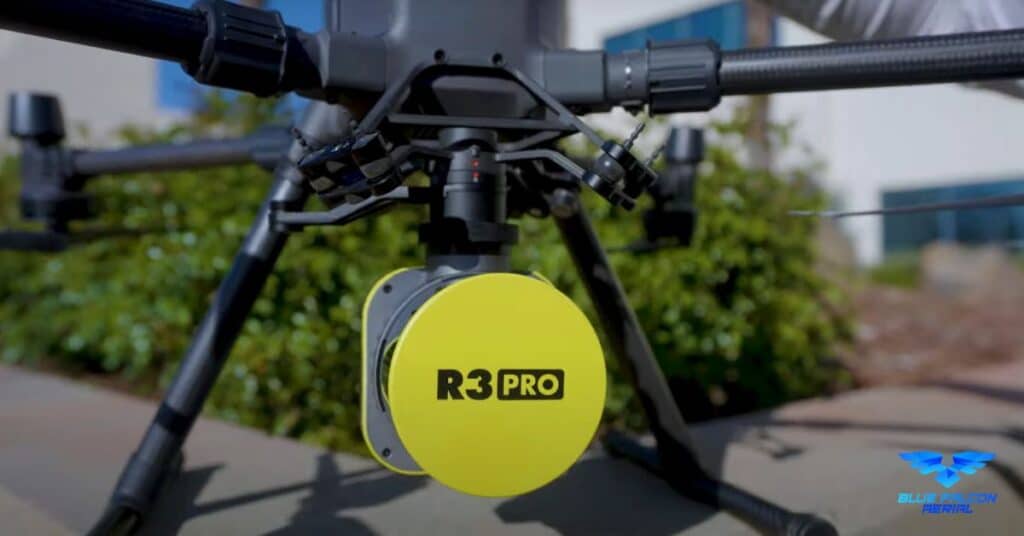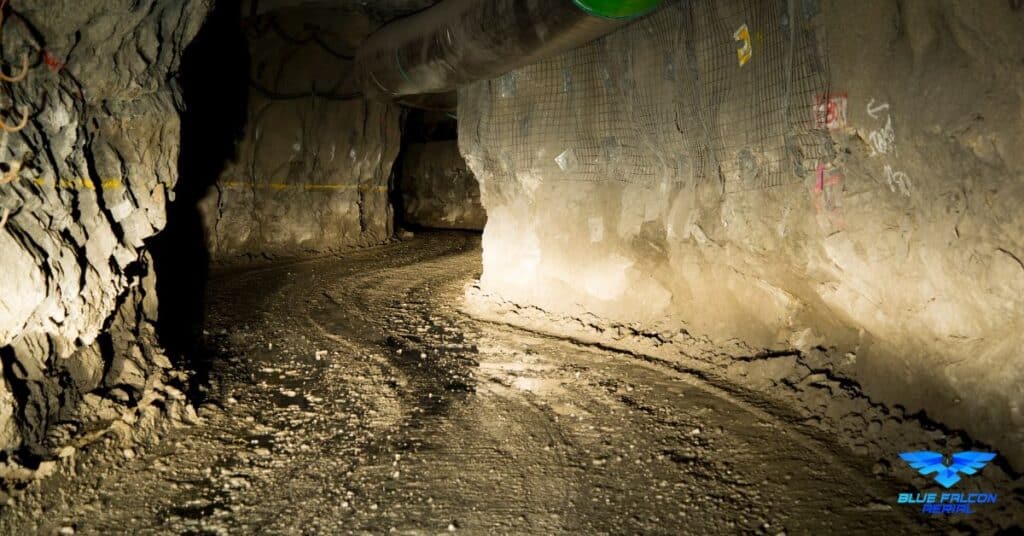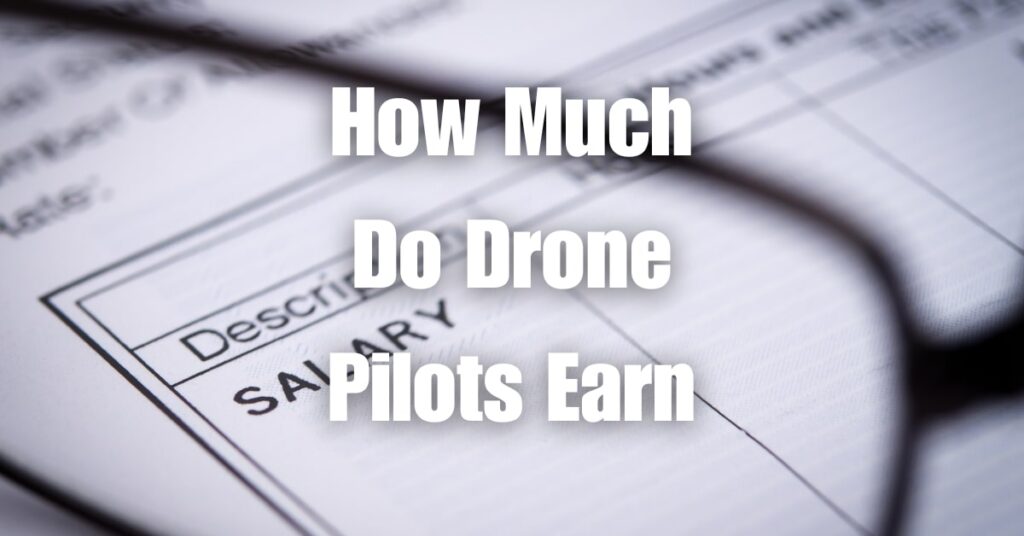In today’s fast-paced world, accurate mapping and surveying are essential for various industries. The advent of drone technology has revolutionized these fields with the introduction of orthomosaic maps. However, understanding the accuracy of drone orthomosaic is vital to ensure that the data you collect is reliable and precise. In this article, we will delve into the factors that influence orthomosaic accuracy, techniques to improve it, and how drone orthomosaics compare to traditional methods.
Understanding Drone Orthomosaics
Drone Orthomosaics: Definition and Functionality
A drone orthomosaic is a georeferenced image produced by stitching together multiple aerial photographs taken by a drone. These images undergo corrections for distortion and perspective, resulting in a map that accurately represents the Earth’s surface with a uniform scale. Drone orthomosaics serve various purposes, such as land surveying, agriculture, construction, and environmental monitoring.
The Significance of Drone Orthomosaics in Diverse Industries
Drone orthomosaics have revolutionized numerous industries by providing precise, high-resolution data in a cost-effective and efficient manner. Key industries that benefit from drone orthomosaics include:
Agriculture: Farmers employ orthomosaics to monitor crop health, plan irrigation systems, and optimize fertilization. Accurate data aids in maximizing yields and minimizing resource waste.
Construction: Engineers and architects utilize orthomosaics to track progress, plan projects, and inspect infrastructure. These maps enable the detection of inconsistencies, ensuring a smooth construction process.
Environmental Monitoring: Scientists and researchers rely on orthomosaics to study ecosystems, monitor land use changes, and assess the impact of natural disasters. This data helps inform sustainable resource management and conservation efforts.
Determining Factors of Drone Orthomosaic Accuracy
A thorough understanding of the factors influencing drone orthomosaic accuracy ensures the reliability of the final product.
The Role of Camera and Sensor Quality
The camera and sensor quality employed in a drone significantly impacts the resulting orthomosaic’s accuracy. High-resolution cameras with minimal distortion capture more detailed images, contributing to a more accurate final map. Furthermore, sensors such as multispectral or LIDAR provide additional information, enhancing the orthomosaic’s overall quality.
Drone Stability and Flight Altitude: Influencing Image Clarity
Drone stability during flight affects the clarity of the captured images. A stable drone can capture sharper images, leading to a more accurate orthomosaic. Flight altitude also influences accuracy; flying at a lower altitude provides higher resolution images but necessitates more images to cover the same area compared to flying at a higher altitude.
Image Overlap and Processing Software: Impact on Orthomosaic Quality
Appropriate image overlap is essential for generating accurate orthomosaics. A higher overlap (such as 80% front and 60% side overlap) is typically recommended to ensure proper image alignment and coverage. The choice of processing software also affects the quality of the final orthomosaic, as different software solutions use various algorithms and techniques to stitch and georeference images. Selecting a robust processing software solution contributes to the accuracy and reliability of the final orthomosaic map.
Assessing the Accuracy of Different Drone Techniques
Accuracy of Drone Photogrammetry
Drone photogrammetry refers to the process of using aerial images captured by drones to create accurate, three-dimensional representations of the Earth’s surface. The accuracy of drone photogrammetry is influenced by various factors, such as camera quality, image overlap, and processing software. In general, drone photogrammetry can achieve accuracies of up to 1-3 centimeters in the horizontal (X, Y) plane and 3-5 centimeters in the vertical (Z) plane, depending on the equipment and techniques used.
Accuracy of Drone Topographic Survey
Topographic surveys provide information about the shape and elevation of the Earth’s surface, which is essential for various applications, such as infrastructure planning, resource management, and environmental assessments. Drone topographic surveys leverage photogrammetry, LIDAR, or a combination of both techniques to create detailed, accurate maps. The accuracy of drone topographic surveys varies depending on the method used but can generally achieve a vertical accuracy of 3-10 centimeters.
Accuracy of Drone Measurements
Drone measurements, including distances, areas, and volumes, are crucial in industries like construction, mining, and agriculture. The accuracy of these measurements is influenced by factors such as the quality of the drone’s camera, GPS system, and image processing software. With appropriate equipment and techniques, drone measurements can achieve accuracies within 1-3% of the actual values.
Real-Time Kinematic (RTK) Technology and Its Impact on Accuracy
Accuracy of RTK Drone
Real-Time Kinematic (RTK) is a satellite-based positioning technique that improves the accuracy of GPS data by using a fixed base station and a rover (the drone) to measure the positioning errors in real-time. RTK drones can achieve centimeter-level accuracy, both horizontally and vertically, making them ideal for applications requiring high-precision mapping and surveying.
Accuracy of RTK Moving Base
RTK moving base is an advanced technique that involves using two rovers (one on the drone and one on a moving vehicle) to measure the relative position between them. This technique allows for even more accurate positioning and can achieve sub-centimeter accuracy in certain applications.
Why RTK is More Accurate Than GPS
RTK is more accurate than GPS because it uses a fixed base station to measure and correct positioning errors in real-time. This eliminates the errors caused by factors such as ionospheric and tropospheric delays, satellite orbit errors, and multipath effects. By continuously correcting these errors, RTK provides more accurate and reliable positioning data compared to standalone GPS systems.
Techniques to Improve Orthomosaic Accuracy
Various techniques can be employed to enhance the accuracy of drone orthomosaics, ensuring high-quality and reliable mapping data.
Ground Control Points (GCPs)
Ground Control Points (GCPs) are physical markers placed on the ground and accurately surveyed using GPS or other surveying techniques. GCPs are visible in the drone images and can be used during image processing to improve the accuracy of the orthomosaic. Incorporating GCPs in your drone mapping project can significantly enhance the final map’s spatial accuracy, ensuring reliable data for various applications.
Check Points (CPs)
Check Points (CPs) are independent ground points, similar to GCPs, but they are not used during the image processing. Instead, CPs serve as a means to validate the accuracy of the final orthomosaic. By comparing the drone-derived coordinates of CPs with their actual surveyed coordinates, you can assess the accuracy of your orthomosaic and identify any potential issues.
Advanced Image Processing Algorithms
Using advanced image processing algorithms and software solutions can also contribute to improving the accuracy of drone orthomosaics. These algorithms can correct for various types of distortions, such as lens distortion, rolling shutter effects, and atmospheric effects. Selecting a robust and reliable image processing software solution can greatly enhance the quality of your drone orthomosaic data.
Comparing the Accuracy of Drone Orthomosaics with Traditional Methods
Drone orthomosaics have emerged as a powerful alternative to traditional mapping and surveying methods, offering numerous advantages in terms of accuracy, efficiency, and cost.
Traditional Surveying Methods
Traditional surveying methods, such as total stations and terrestrial LIDAR, can achieve high levels of accuracy, often at the sub-centimeter level. However, these methods are labor-intensive, time-consuming, and often require substantial resources for data collection and processing.
Drone Orthomosaics
In contrast, drone orthomosaics can provide comparable accuracy levels, depending on the equipment and techniques used. With the integration of RTK technology and the use of GCPs, drone orthomosaics can achieve accuracies within a few centimeters. Furthermore, drone mapping offers several advantages over traditional methods, such as faster data collection, lower costs, and the ability to cover large areas with minimal ground access.
In conclusion, drone orthomosaics have proven to be a valuable tool in various industries, offering accuracy levels that are comparable to traditional surveying methods while providing additional benefits in terms of efficiency and cost-effectiveness.
Choosing the Right Drone and Equipment for Accurate Orthomosaics
Selecting the appropriate drone and equipment is crucial to ensure the highest possible accuracy for your orthomosaic projects. Here are some key factors to consider:
Drone Platform
Choose a drone platform that offers excellent stability, reliability, and flight time. A stable drone platform will minimize image blur, ensuring higher quality aerial images. Additionally, longer flight times enable more extensive coverage during a single flight, increasing efficiency.
Camera and Sensor Quality
Select a high-resolution camera with minimal distortion to capture detailed images. Cameras with larger sensors, lower noise, and higher dynamic range will produce better quality images, contributing to a more accurate orthomosaic. For specialized applications, consider using multispectral or LIDAR sensors to capture additional data.
GPS and RTK Systems
Investing in an RTK system will significantly improve the accuracy of your drone orthomosaics. RTK systems can provide centimeter-level accuracy in both horizontal and vertical dimensions, making them ideal for high-precision mapping and surveying applications.
Image Processing Software
Choose a reliable and robust image processing software solution that uses advanced algorithms to stitch, georeference, and correct aerial images. The right software will greatly enhance the quality and accuracy of your drone orthomosaics.
Why Choose Blue Falcon Aerial for Your Orthomosaic and LiDAR Projects
When it comes to orthomosaic and LiDAR projects, Blue Falcon Aerial is the go-to provider for high-quality, accurate results. With our expertise in drone technology and a comprehensive range of deliverables, we ensure that your projects are completed efficiently and effectively.
Comprehensive Services and Deliverables
At Blue Falcon Aerial, we offer a wide range of services and deliverables to cater to your specific needs. From high-resolution orthomosaics and topographic surveys to 3D models and volumetric analysis, we’ve got you covered. To explore the full range of deliverables we offer, visit our Deliverables page.
Expertise and Experience
Our team of professionals has extensive experience in drone mapping and surveying, ensuring that your projects are handled with the utmost care and precision. We stay up-to-date with the latest advancements in drone technology, enabling us to provide you with the most accurate and reliable data possible.
Customized Solutions
At Blue Falcon Aerial, we understand that every project is unique. That’s why we work closely with our clients to develop customized solutions tailored to their specific requirements. Whether you need orthomosaic mapping for agricultural monitoring or LiDAR data for infrastructure planning, we are committed to delivering the best results for your needs.
Conclusion
Drone orthomosaics have revolutionized various industries by providing accurate, high-resolution mapping data in an efficient and cost-effective manner. By understanding the factors influencing accuracy and employing techniques such as RTK technology, GCPs, and advanced image processing algorithms, it is possible to achieve impressive levels of accuracy, comparable to traditional surveying methods.
Blue Falcon Aerial is your reliable partner for all your orthomosaic and LiDAR projects. To further explore drone photogrammetry and orthomosaics, be sure to visit Blue Falcon Aerial’s Ultimate Guide to Drone Photogrammetry and Orthomosaics. If you require drone services or have any questions, don’t hesitate to contact Blue Falcon Aerial. Our team of experts is ready to assist you with your drone mapping and surveying needs.
